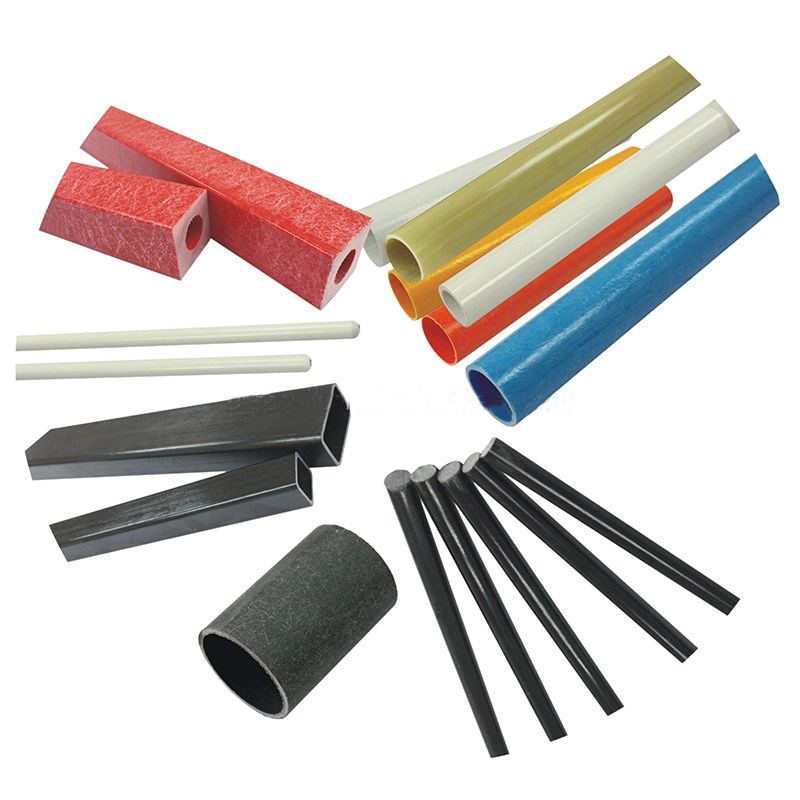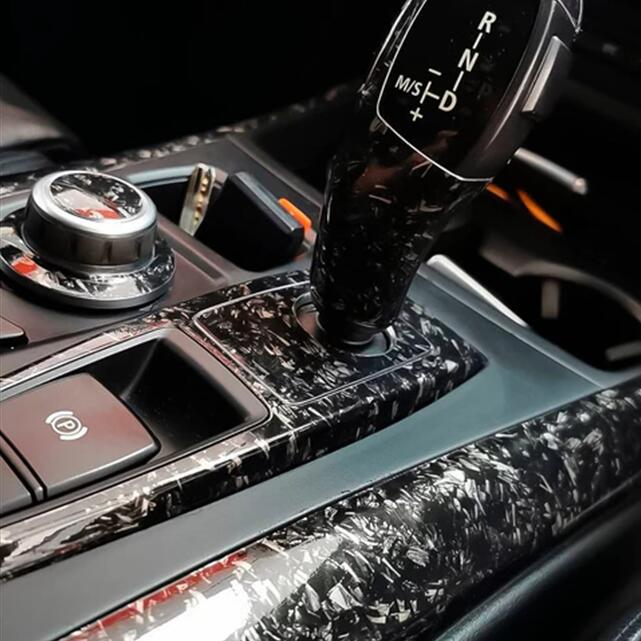Analyzing Performance and Aging Dynamics: Carbon Fiber Tubes vs. Metal Tubes
- May-07-2025
- (29) Views
Carbon fiber tubes, known for their lightweight nature, remarkable strength, impact resistance, and corrosion resistance, have become favored replacements for metal tubes across various industries. Despite their exceptional properties, it raises the question: do carbon fiber tubes age over time, and how does this aging impact their overall performance?
All materials inevitably experience aging, including carbon fiber tubes. To better assess these dynamics, comparing carbon fiber tubes with metal tubes can offer valuable insights for analysis.
Aluminum tubes have lower strength compared to steel and carbon fiber tubes, but aluminum tubes perform well in anti-aging properties.An example of this can be seen in the aerospace industry, where aluminum tubes are used in aircraft fuselages and wings due to their resistance to corrosion, ensuring prolonged service life in harsh environments. However, due to their lower strength, they are not well suited for high-strength work scenarios.
Steel tubes are stronger than aluminum tubes, with stable performance, and they have low production costs and relatively lower prices, making them applicable in many fields. In the construction industry, steel tubes are commonly employed for structural support in buildings and bridges, providing long-term durability despite exposure to environmental elements. But being metal products, steel tubes are heavier and prone to bending, and in acidic and basic environments, they are especially prone to rusting, making them unsuitable for some specific fields.
Carbon fiber tubes - Carbon fiber tubes are three times stronger than steel tubes and weigh only one-fifth as much, giving them a far superior advantage in strength and modulus over steel and aluminum tubes. They also have strong corrosion resistance and a longer lifespan. A downside is that they exhibit brittleness when the load exceeds their range, but this is not a particularly significant weakness due to their high load-bearing performance. Their corrosion resistance is far superior to that of steel and aluminum tubes. For instance, in the sporting goods sector, carbon fiber tubes are utilized in high-performance bicycles for their strength-to-weight ratio, enhancing speed and agility for cyclists.
Aging is a phenomenon that all materials undergo, affected by temperature, wind, environmental humidity, and other factors. If the temperature rises, it can cause carbon fiber tubes to soften, and if the temperature exceeds the heat resistance, they will break down. Although carbon fibers themselves are heat-resistant, carbon fiber tubes contain resin, which does not have high heat resistance and will weather over time. In highly humid environments or in strong acids and bases, the performance of carbon fiber tubes can decline, and if moisture enters from the cross-section, it can affect the tubes' overall performance, leading to deterioration. Chemical agents usually infiltrate and diffuse in the direction of surface-interface-interior, and the deposition and loss of corrosion products cause changes to the external and internal surface morphology of the composite material.An illustration of this can be observed in marine applications, where carbon fiber tubes are used for boat masts. Over time, exposure to saltwater and UV radiation can impact the performance of carbon fiber tubes, necessitating regular maintenance to mitigate degradation.
The Impact of Aging on Carbon Fiber Tubes:
Aging Influence: Temperature fluctuations, humidity variations, and environmental factors influence the aging process of carbon fiber tubes. Elevated temperatures can induce softening in carbon fiber tubes, while excessive heat resistance can trigger degradation. Although carbon fibers exhibit heat resilience, the resin within carbon fiber tubes is less resistant to heat and prone to weathering over time. Exposure to high humidity or corrosive settings can compromise tube performance, potentially leading to deterioration over time.
Industrial Applications and Aging Effects on Carbon Fiber Tubes:
Aerospace Usage: In the aerospace sector, carbon fiber tubes find widespread application in aircraft component manufacturing, such as structural frameworks and cabin parts. Their exceptional strength-to-weight ratio positions them as a critical element in cutting-edge aircraft construction.For example, the Boeing 787 Dreamliner incorporates carbon fiber composite materials in its airframe to reduce weight and increase fuel efficiency.
Automotive Integration: Automotive manufacturers leverage carbon fiber tubes in vehicle suspension systems to enhance rigidity and reduce overall weight. This integration is prominent in high-performance vehicles to enhance handling and overall performance.Tesla's use of carbon fiber components in the Model S suspension system contributes to improved handling and energy efficiency.
Evolution Over Time:
Progressive Deterioration: Continuous use and aging may result in a gradual decline in the performance of carbon fiber tubes. Multiple stress cycles could lead to reduced strength and stiffness in the tubes over time.
Structural Aging Signs: Aging indications, such as issues at the resin-fiber interface of carbon fiber tubes, may trigger concerns like cracking and fatigue during extended use periods.
Impact of Aging on Functionality:
Strength and Stiffness Reduction: Aging can cause a decline in both the strength and stiffness of carbon fiber tubes, thereby impacting their load-bearing capability and overall performance.
Cracking and Fatigue: As tubes age, they may develop internal cracks and increased fatigue sensitivity, diminishing their reliability and operational lifespan.
Implementing Solutions for Aging Mitigation:
To address these challenges, industries should instate proactive maintenance protocols, including regular inspections, maintenance routines, and prompt repairs to extend the longevity of carbon fiber tubes. By adhering to these measures, the reliability and performance of carbon fiber tubes in critical applications, such as aerospace and automotive manufacturing, can be sustained.
Although aging poses considerations for carbon fiber tubes, they exhibit a slower aging rate in comparison to metal tubes, resulting in a notably extended lifespan. Their robust corrosion resistance and durability surpass those of conventional metal tubes, with service lives spanning between 10 to 20 years. Vigilant monitoring and environmental regulation can further prolong their lifespan, ensuring enduring performance. Early identification of degradation through meticulous inspections facilitates timely replacements, guaranteeing consistent reliability in diverse applications.
It's important to monitor and manage the environmental conditions in which carbon fiber tubes are used to prolong their lifespan and maintain their performance. Regular inspections can help identify early signs of degradation and inform timely replacement, allowing for continued reliable usage.

 English
English





